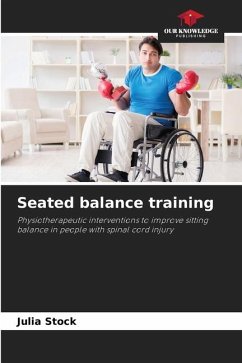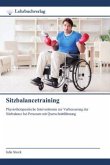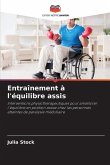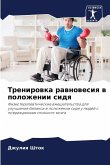Every year, 250,000 to 500,000 people worldwide suffer paraplegia. This leads to sensory and motor deficits below the lesion of the spinal cord, whereby the severity of these deficits depends on the duration, extent and localisation of the lesion. The reduced sensory and motor function leads to reduced sitting balance, making it more difficult for the affected person to keep their centre of gravity above the support surface when sitting. However, the majority of everyday life for a person with spinal cord injury is spent sitting down. A deficit in sitting balance restricts the person's wheelchair mobility and daily life. This shows the importance of being able to maintain sitting balance at rest and in motion, making sitting balance training a large and important part of rehabilitation. Different types of sitting balance training are compared here and their effects are illustrated.
Bitte wählen Sie Ihr Anliegen aus.
Rechnungen
Retourenschein anfordern
Bestellstatus
Storno








